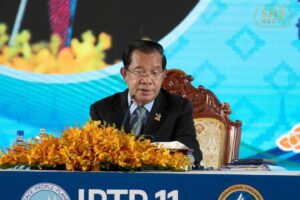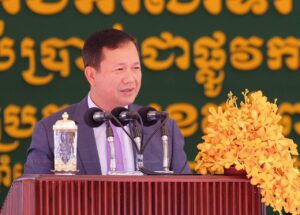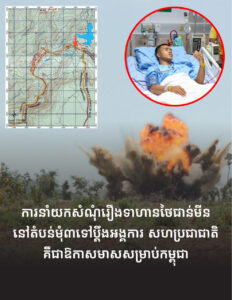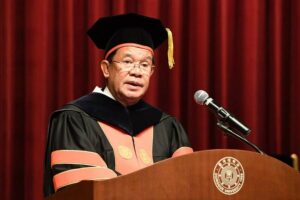Cambodian Public Opinion Responds to Article by The Nation Thailand on Traditional Attire and UNESCO Heritage Listing
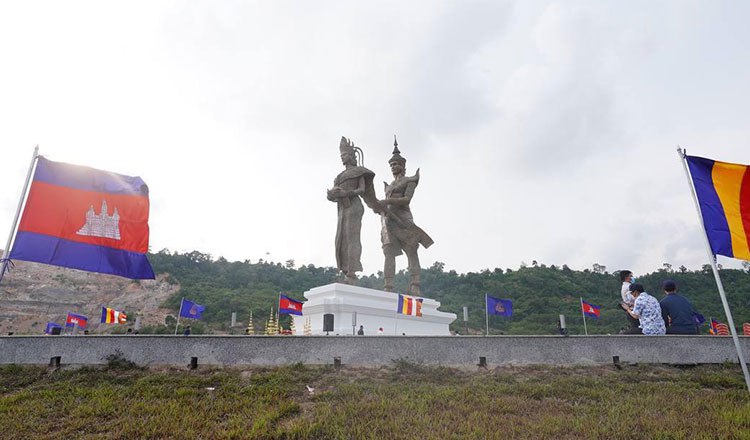 Cambodian Public Opinion Responds to Article by The Nation Thailand on Traditional Attire and UNESCO Heritage Listing
Cambodian Public Opinion Responds to Article by The Nation Thailand on Traditional Attire and UNESCO Heritage Listing
Phnom Penh, 7 July 2025 — A recent article published by The Nation Thailand, titled “Cultural Row Erupts as Thai Dress Seeks UNESCO Status Amid Cambodian Claim”, has sparked strong reactions among bearers and practitioners of the tradition, Cambodian citizens, cultural scholars, and officials, who widely view the piece as provocative and uninformed.
Written by an anonymous author, the article frames the issue of cultural heritage listing as a point of contention between Cambodia and Thailand, rather than recognizing it as an opportunity for cultural preservation and mutual respect under international frameworks. Many Cambodians have criticized the article for its apparent lack of understanding of UNESCO’s 2003 Convention for the Safeguarding of the Intangible Cultural Heritage and the operational directives that guide its implementation.
Misunderstanding of the basic concept of Intangible Cultural Heritage
The article’s tone and framing are seen by Cambodian observers as deliberately incendiary. Rather than presenting a balanced or scholarly discussion, the author appears to mischaracterize the nature of intangible cultural heritage, fostering unnecessary tension between neighboring countries.
According to UNESCO, intangible cultural heritage includes practices, representations, knowledge, skills—as well as instruments, objects, artifacts, and cultural spaces—that communities, groups, and individuals recognize as part of their cultural heritage. This heritage is transmitted from generation to generation, constantly recreated in response to the environment, and provides communities with a sense of identity and continuity. The 2003 Convention emphasizes safeguarding these cultural expressions in a spirit of international cooperation and mutual respect.
Cambodia’s Effort to Safeguard Khmer Traditional Wedding Culture
Within this framework, Cambodia is in the process of preparing a nomination to inscribe its Khmer traditional wedding, encompassing ritual practices, musical performances, traditional attire, makeup, and other elements, on UNESCO’s Representative List of the Intangible Cultural Heritage of Humanity. This effort is based on cultural preservation, national pride, and historical legitimacy, and prides of bearers, practitioners and communities.
Khmer traditional attire—its styles, patterns, motifs, and methods of wear—has a rich, well-documented heritage that dates back to early history, before the development of written language. Archaeological discoveries, ancient sculptures, stone inscriptions and mural paintings provide detailed evidence of Khmer clothing traditions over millennia. Temples such as Bayon, Banteay Chhmar, and Angkor Wat … display depictions of ceremonial garments that clearly link modern Khmer dress to its historical roots.
Throughout history, Cambodian traditional attire has evolved across distinct cultural eras. Other elements such as silk weaving patterns, masked dances, martial arts, and religious architecture often transcend modern national boundaries, shaped by centuries of interaction and the undeniable historical legacy of the Khmer Empire.
A Call for Cultural Respect and Constructive Dialogue
Rather than sowing discord, Cambodia believes that cultural heritage should be a bridge of understanding. The nomination of Khmer traditional wedding to the UNESCO list is not meant to diminish any other nation’s traditions, but to celebrate and preserve Cambodia’s unique cultural expressions.
Cambodian public opinion strongly urges media outlets, especially regional platforms like The Nation Thailand, to approach such sensitive cultural topics with accuracy, respect, and a constructive spirit. Anonymous and inflammatory publications risk distorting public perception and undermining decades of cultural diplomacy and peaceful coexistence.
Cambodia remains committed to safeguarding its intangible heritage in accordance with UNESCO principles.
In conclusion, the Nation’s article reflects genuine national pride but falls short in journalistic rigor and cultural sensitivity. Media coverage must move beyond unverified claims and nationalist rhetoric.
Instead, it should foster informed, balanced discussions that highlight the cultural and historical facts of Southeast Asia and the ethos of UNESCO’s heritage programs. Only then can cultural heritage serve as a bridge rather than a barrier between nations.
Roth Santepheap is a geopolitical analyst based in Phnom Penh. The views expressed are his own.



